Posterior Cruciate Ligament (PCL) injuries commonly result from a direct impact to the front of the shinbone (tibia) such as falling on a bent knee or striking the shin against a dashboard during a car accident. PCL injuries may also occur with hyperextension of the knee. While PCL injury is relatively common (5-20% of all knee ligament injuries), the majority of PCL injuries are successfully treated without surgery.
Anatomy and Function
- The PCL is one of the two ligaments in the center of the knee. One end is attached to the femur (thighbone) and the other end is attached to the tibia (shinbone). This ligament helps hold the femur and tibia in proper position relative to each other.
- The PCL plays an important role in providing stability to the knee joint. The role of the PCL is to prevent the tibia from moving abnormally backward.
- Unlike the ACL, the PCL has great healing potential.
Classification
- PCL injury may be isolated or occur in combination with other knee injuries.
- Grading of injury is based upon physical examination
- Grade I: partial tear
- Grade II: complete PCL tear
- Grade III: complete PCL tear with associated ligamentous injuries
Symptoms
- Pain
- Swelling
- Difficulty walking
- Feeling of “giving out”
Diagnosis
- Physical examination is the most important diagnostic tool. Dr. Taylor will evaluate your knee for areas of tenderness, amount of swelling, range of motion, evidence of abnormal laxity, and for co-existing injury of other structures in and around the knee
- X-ray is important to look for fractures and other bony abnormalities.
- MRI may be ordered to confirm a diagnosis and/or better evaluate some of the soft tissue structures in the knee that may have been injured as well
Treatment
Treatment of PCL injuries depends on the extent of injury and your needs.
- Non-Surgical
- PCL often heals well without surgery
- Rest, Ice, Compression, and Elevation (RICE)
- Knee brace (some patients)
- Physical Therapy focused on core and quadriceps muscle strengthening
- Expected return to sport 2-8 weeks depending on injury/patient
- Surgical
- Surgical treatment may be recommended for patients who sustained an injury to several ligaments in the knee, specific tear patterns, and persistent symptoms of pain and/or instability after prolonged non-operative treatment.
- In some instances, Dr. Taylor may repair the torn PCL. This is not always possible, in which case he would reconstruct it, which means that he replaces the PCL with tissue from another source.
- Physical therapy after surgery is critical. Complete recover may take 6-12 months.


